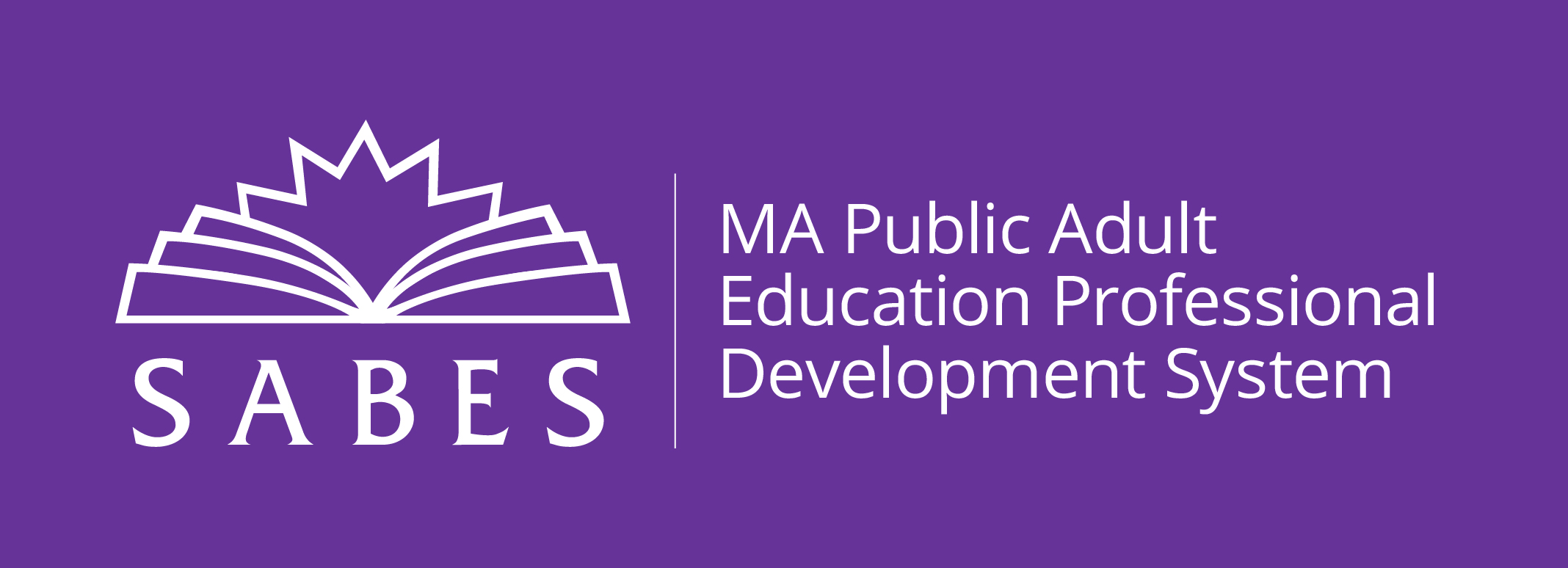This full-day workshop includes three sessions: "Integrating Reading and Writing Instruction across the Content Areas: Critical Skills for Student Success on the High School Completion Tests and in College and Careers", "Help Your Students Increase their Writing Fluency", and "Help Your Students Develop Two Critical Writing Skills: Sentence Combining and Summarization".
Following a brief overview of the shifts (or advances) in teaching that must occur to reflect the College and Career Readiness Standards for Adult Education, explore instructional strategies for integrating reading and writing skills across the content areas. Reading and writing have traditionally been thought of, and taught, as flip sides of the same coin, with reading the receptive skill and writing the productive one. However, researchers now identify reading and writing as complementary processes for constructing meaning that involve the use of similar cognitive strategies. Moreover, skills in reading comprehension, critical thinking, and written expression are known predictors of academic and career success. This session will address eight proven instructional strategies for integrating reading and writing and for helping students construct meaning before, during, and after reading.
Briefly review findings from the latest research on effective writing instruction and discuss how these findings apply to classroom instruction. Cover practical instructional strategies such as quick-writes, collaborative paragraphs, and bio-poems, all designed to increase students' writing fluency and reduce their reluctance to write. The session also will demonstrate the use of writing frames for problem-solution, procedure/sequence, and story narrative.
Two skills that have been found to be critical for success in high school, college, and career are sentence combining and summarization. Sentence combining is a skill that allows students to write more complex, sophisticated sentences, thus giving their final written products a polished look and feel. Similarly, summarization, a skill required for success both in postsecondary education and the world of work, provides students with tools for identifying and understanding important concepts of the subjects they are reading and learning about. Combining sentences as well as writing coherent and correctly developed summaries are two of the most powerful skills that students can cultivate.
- Identify eight cognitive strategies for helping students construct meaning from texts and write in response to those texts
- Discuss ways to integrate reading and writing instruction across content areas
- Describe various strategies to engage students' interest and increase their writing practice
- Identify strategies for teaching sentence combining and summarization
Upon completion of this professional development activity/course, you will be able to:
Quinsigamond Community College - Ahlfors Building, Room 111ALF
670 West Boylston St.
Worcester, MA 01606
United States


